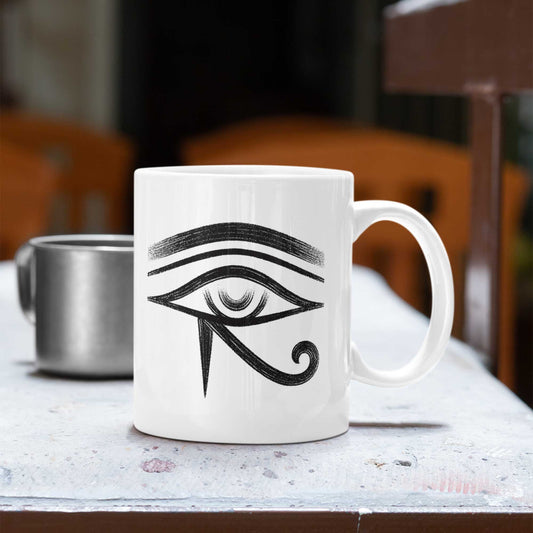
The Eye of Horus, also known as "Udyat," is an ancient Egyptian symbol that dates back to the Early Dynastic Period (c. 3100 – 2686 BCE). It continued to be a significant cultural symbol throughout the history of ancient Egypt, spanning over several millennia, including during the Old Kingdom, Middle Kingdom, and New Kingdom periods.
This symbol originates from the mythology surrounding the god Horus, a deity with the head of a falcon, who was a prominent figure in Egyptian religion. According to myth, Horus lost his left eye in a battle with Seth, the god of chaos and disorder. The eye was magically restored by either Hathor or Thoth, and this healing came to symbolize the process of making whole and healing. For this reason, the Eye of Horus was often used for protection and healing.
Geographically, the use and reverence of the Eye of Horus were widespread throughout ancient Egypt. It was a ubiquitous symbol found in a variety of locations, from the grand temples and tombs of pharaohs to everyday objects like jewelry, amulets, and domestic items. The symbol was not confined to religious or royal contexts but permeated many aspects of Egyptian life.
The Eye of Horus was deeply embedded in Egyptian culture, and its significance spanned various domains, including religion, medicine, and the state. For instance, in medicine, the different parts of the Eye of Horus were associated with specific fractional measurements used in preparing medicines.

